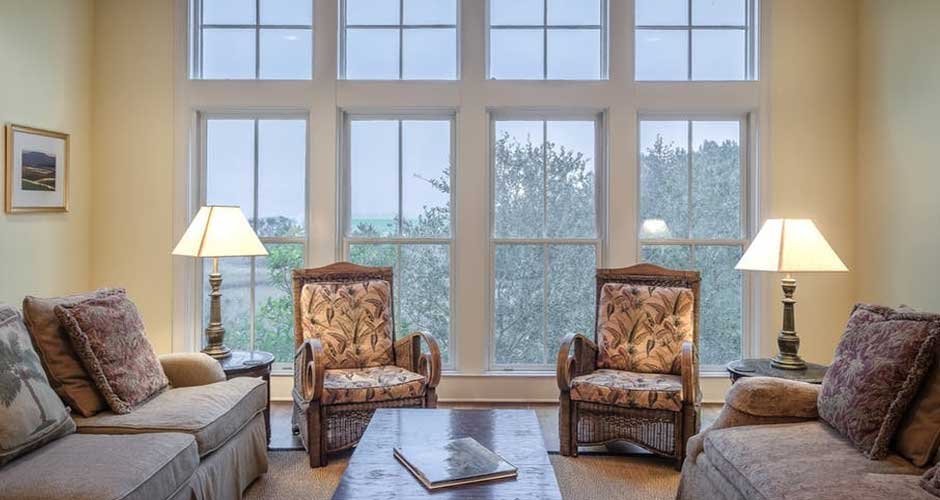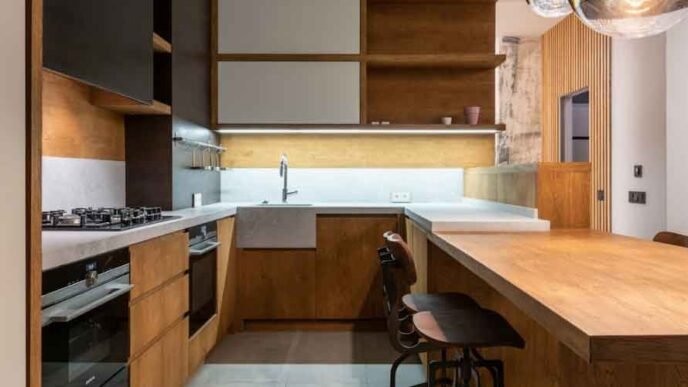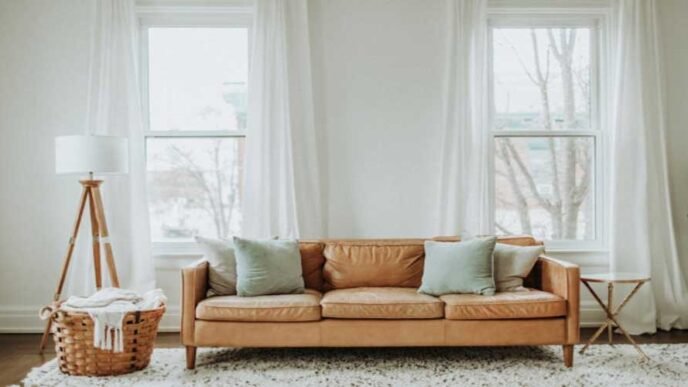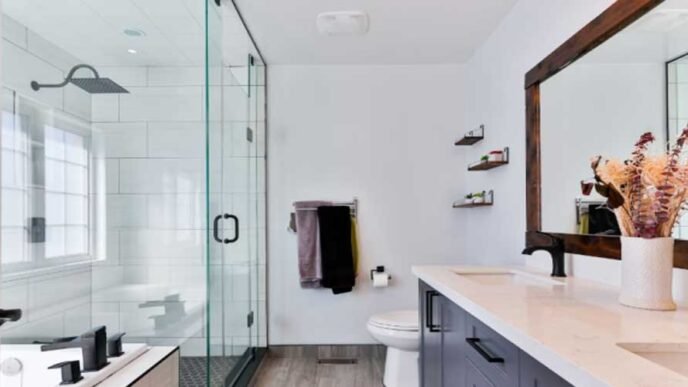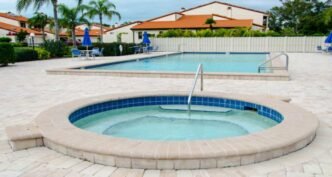Building or remodeling, selecting windows that meet the architectural or design aesthetic of your home can make a dramatic impactful statement about its character and elegance. Choose window materials, sizes, and styles which complement its architecture or overall design scheme to ensure optimal performance and aesthetics.
Energy efficiency is also an essential element. Consider installing double or even triple pane windows to lower energy costs.
Style
Windows can add style and fresh air into any room while letting in natural sunlight. There are various styles to suit any design aesthetic or budget.
Double-Hung Windows
Double-hung windows feature two sashes that move vertically up and down in their frames, making them one of the most affordable and versatile window styles available to homeowners.
Picture Windows
A popular choice for homes with scenic views, picture windows feature minimal frames to emphasize your view without blocking it. They also allow more natural light into your room – an attractive feature that makes these windows perfect for kitchens and living rooms alike.
Security features should also be considered when selecting window styles, with locking mechanisms being particularly essential in protecting both you and your family from intruders. Energy efficiency should also be a top priority; search for windows with insulated frames and glass, low-e coatings, or gas fills between panes that offer maximum savings in this respect.
Materials
Frames play an enormous role in aesthetics, insulation, energy efficiency, security and maintenance for windows. Window manufacturers employ various building materials as frames which all offer different benefits and drawbacks for use as frames.
Wood frames provide classic appeal with superior insulation properties; however, humidity damage may cause their condition to deteriorate rapidly over time. Vinyl is less vulnerable to expansion/contraction with changing temperatures and comes in an assortment of factory colors in addition to standard white.
Fiberglass windows have the look and performance benefits of vinyl, but with better thermal performance. Furthermore, fiberglass is more durable and resistant to condensation build-up – another consideration should be the design pressure (DP) and condensation resistance ratings of any potential windows you might purchase – the higher these ratings are, the better their ability will be to withstand storms, heavy snowfall, and extreme weather conditions – an expert salesperson at home centers or window supply stores can help you evaluate all available options.
Energy Efficiency
Windows can account for 25-30% of a home’s heating and cooling energy use with the help of adding curtains or custom made faux wood blinds, so optimizing their performance through frame material, glass type selection and insulation properties is vital.
Find double or triple-pane glass windows with low-E coating, an insulating frame material such as composite wood or high-grade vinyl, and windows that close tightly (such as casement or awning windows). Look for low U-factors ( solar heat gain coefficients ) and visible transmittance ratings of zero to one.
Finding windows with energy-efficiency labels or logos such as the ENERGY STAR or National Fenestration Rating Council (NFRC) logo will ensure they meet specific performance standards, making your home more comfortable while cutting energy consumption, carbon emissions and saving you money on energy bills. Investing in energy efficient windows not only will add comfort but will reduce energy bills significantly!
Budget
Windows can be costly, but they’re an investment in your home that will increase its value and save on energy costs. Before making a final decision about window types and costs, it is essential to fully comprehend their associated expenses.
Begin by identifying how many windows you wish to replace or add into your house. Next, take into consideration their sizes (opening and inoperable), whether they’re standard double-hungs or specialty styles and any special features they might come equipped with.
Once you have decided upon a size and style for your windows, compare prices from various window brands. Each brand provides their own set оf materials, sizes, styles, warranties, and price tiers that may help you find what fits perfectly into both your budget and home environment. Spending some time conducting research will allow you tо get a better understanding оf average window cost and any extra labor costs associated with installation projects. This will ensure you’re making an informed decision when choosing the right windows for your needs.
